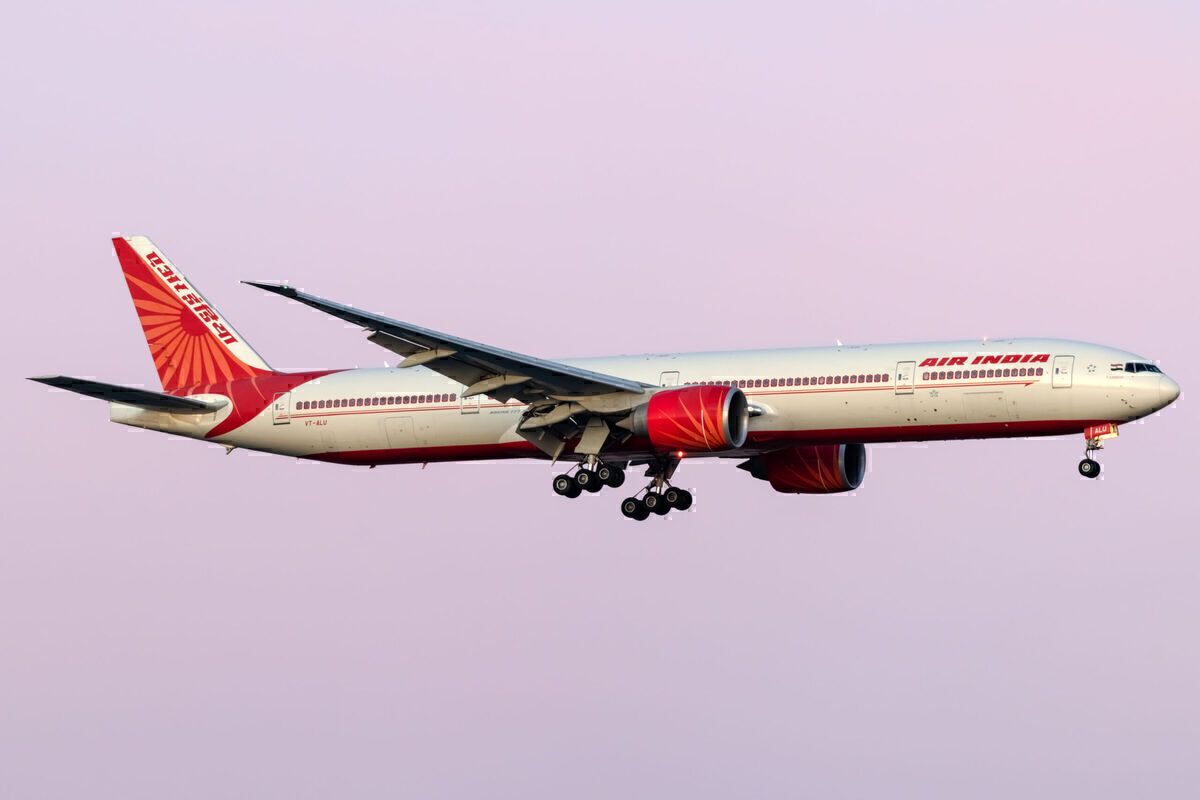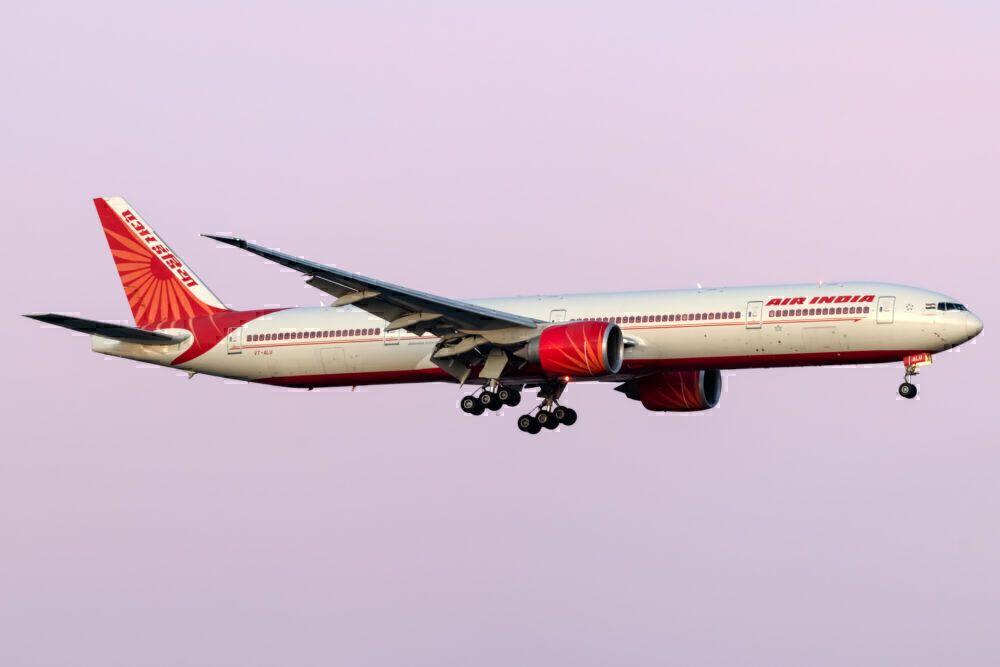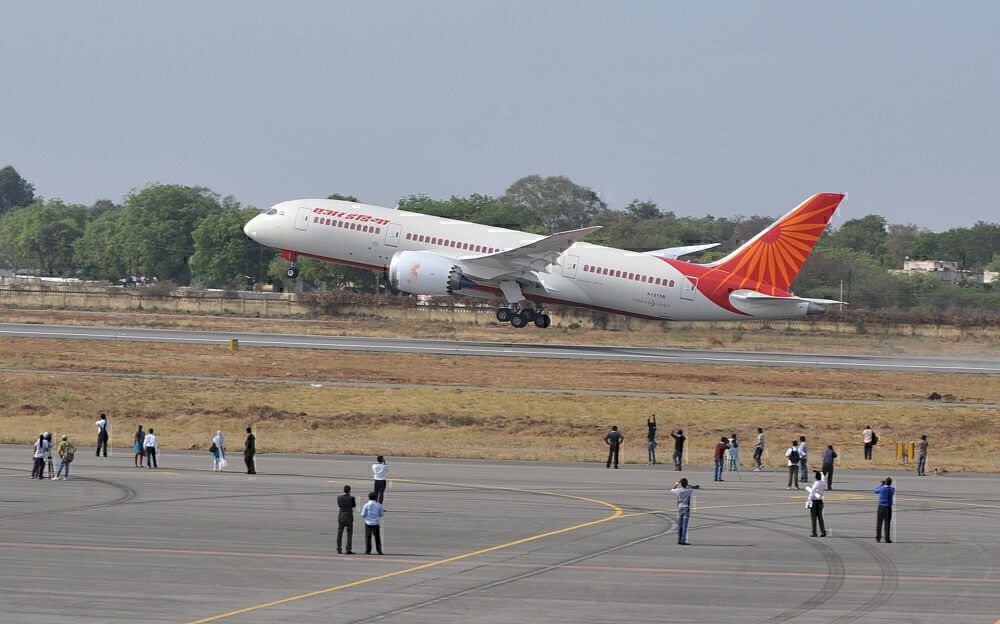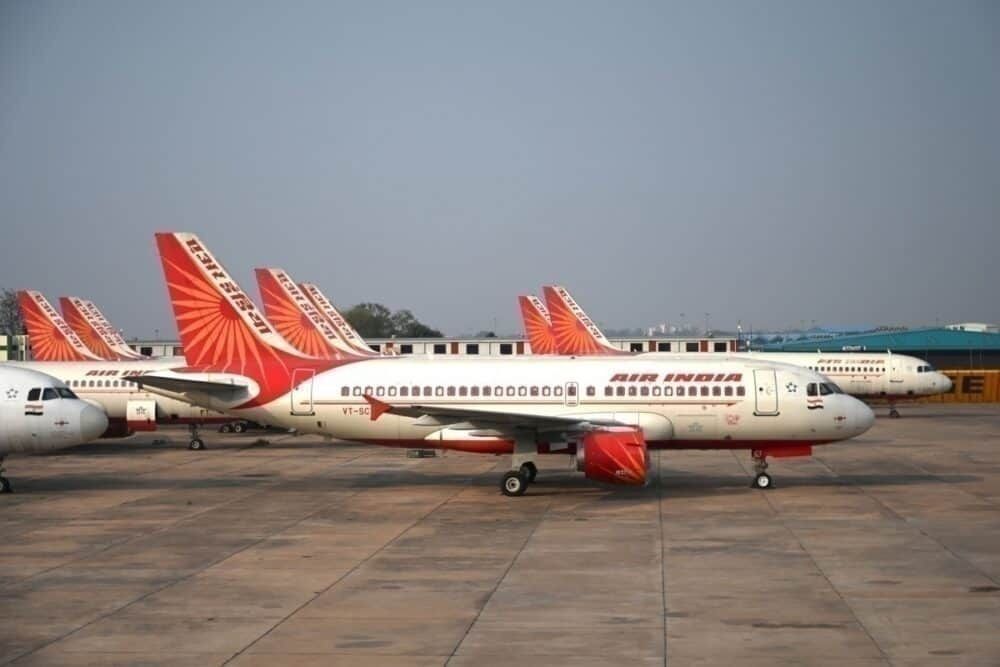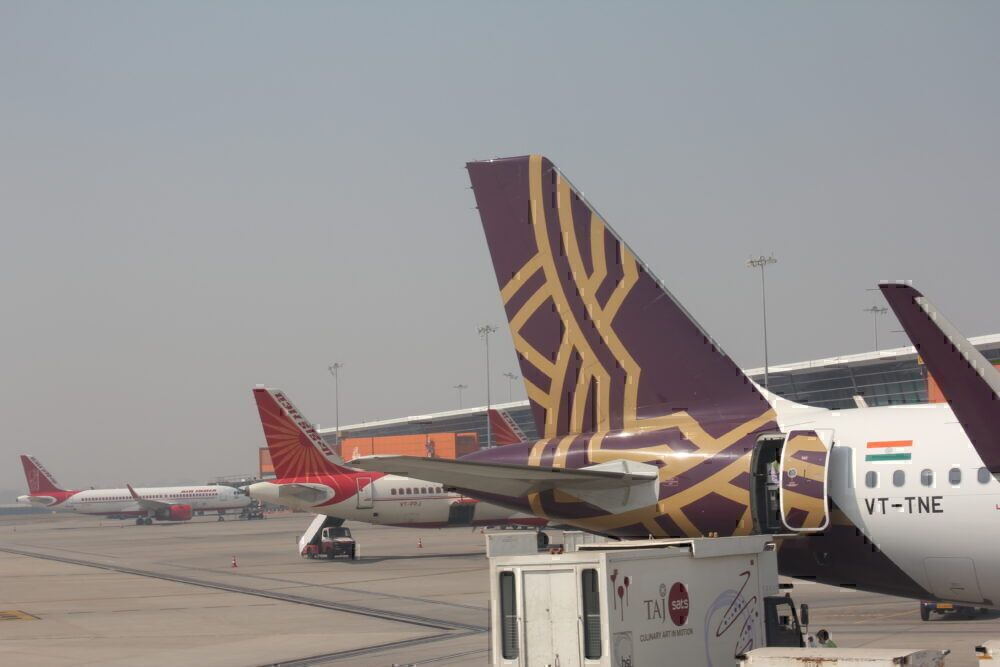The Air India sale has been delayed as the government removed its 5th January deadline to notify qualifying bidders. The government will now directly reach out to the final bidders and provide them access to key data about Air India. The delay could mean the sale process continues beyond the spring timeline originally planned.
No timeline
Air India has struggled to complete its sale process in the last year due to the current aviation climate. The deadline to submit bids was moved four times before the final bids were submitted in mid-December. With the bids in, many were hoping that there would be no further delays to the process.
However, last week, the government confirmed that it would not be releasing the list of qualified buyers and details of their bid on January 5th. Instead, it will now directly speak to the qualifying bidders and plan the next steps of the process.
It's unclear why the government opted to push this deadline to announce the bids and other steps have been moved too. According to Mint, the qualifying bidders are eligible to access Air India's 'Virtual Data Room' (VDR), giving them access to key information about the airline and its finances on January 6th.
These last-minute delays mean the Air India sale will not be complete before the fiscal year 2020-21 that ends on March 31st. The process will continue into the fiscal year 2021-22 and beyond April. However, barring more delays, the government could wrap up the process before the summer of this year.
Sweetening the deal
While some groups have already placed their bids, the government is considering a key concession. According to ET Now, the government could allow Air India's new owner to reduce the fleet size of the airline and cut staff. There are currently 25 narrowbodies and 15 widebody aircraft parked due to lack of demand and other issues.
However, there is an upper limit, anywhere between 10-26%, of how many assets can be disposed of by the new owner. The government currently has a condition that no staff can be laid off for the first year after the sale.
Considering the current aviation environment, with most international flights grounded, the government hopes to incentivize buyers. Air India has 133 employees per aircraft, while its subsidiary Air India Express only has 55. Cutting the fleet and staff early could allow Air India to return to profitability much sooner.
Stay informed: Sign up for our daily aviation news digest.
Handful of bidders
While there will be no official announcement of bidders for Air India, we can guess who is interested in the airline. According to sources, there are three main bids for the flag carrier. These are the Tata Group, SpiceJet CEO Ajay Singh, and an employee-backed consortium. While no details of the bid are available, the Tata Group is likely to win currently, although nothing is certain.

